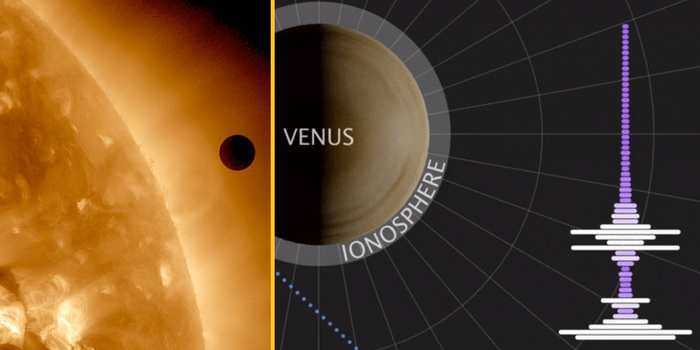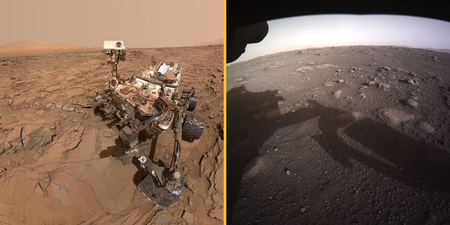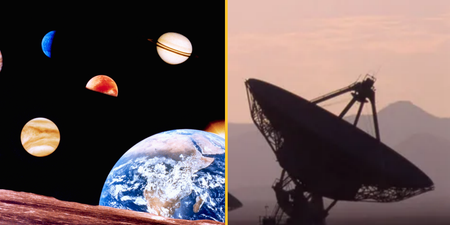The signal was picked up by NASA’s Parker Solar Probe
NASA has detected a signal coming from the atmosphere of Venus. As the Parker Solar Probe passed just 517 miles above the rocky planet’s surface, it picked up a low-frequency signal – the first direct measurement taken from Venus in almost 30 years.
It turns out that the signal picked up was a naturally occurring signal and since originally recording it back in July 2020, NASA have now analysed and released a recording of the data:
A NASA astronomer at the Goddard Space Flight Center, Glyn Collinson said that “I was just so excited to have new data from Venus” – this is the first new data they have been able to take since 1992.
Experts say that the planet’s upper atmosphere was an order of magnitude at the time of the mission — managed by Johns Hopkins Applied Physics Laboratory in Maryland – than it was upon the latest measurement.
In the full study published on the event, NASA has confirmed that the planet’s upper atmosphere goes through “puzzling changes” in its full 11-year solar cycle.
According to scientists, Venus has an electrically charged layer of gas located within the upper edge of its atmosphere called the ionosphere (similar to Earth itself) and it is this that is responsible for the naturally emitted radio waves that can be detected by instruments.
This was the third flyby that the probe has made of Venus and each journey takes around 6 months to complete. The aim of each flyby is to get the probe closer to the sun. So, whilst we aren’t looking at anything extraterrestrial or extraordinary, in the world of science and astronomy, it’s still pretty interesting stuff.



















































